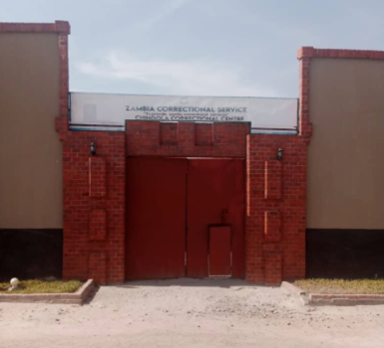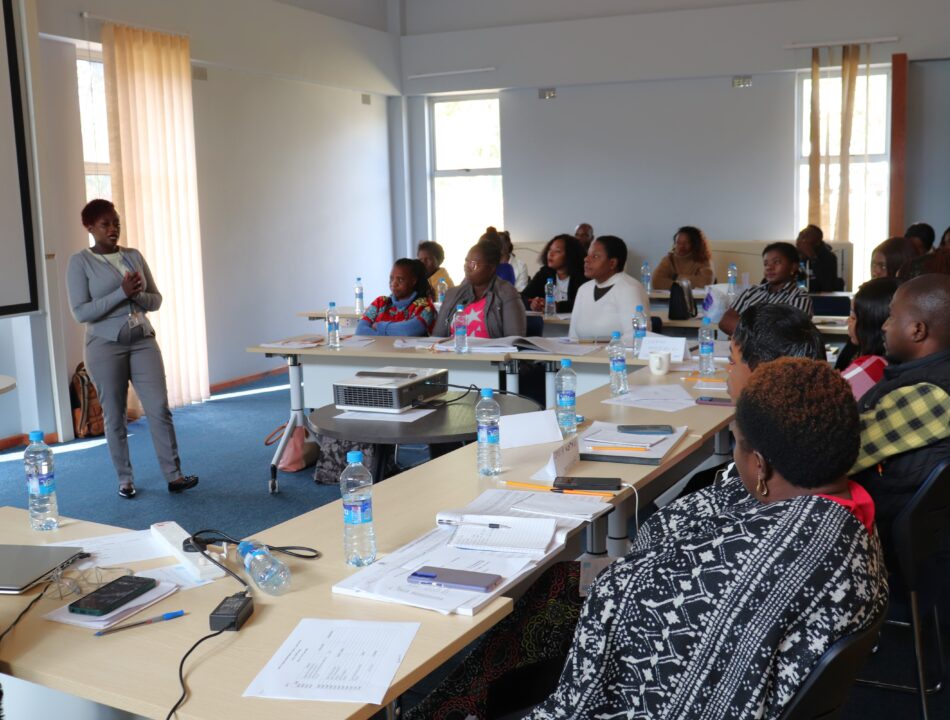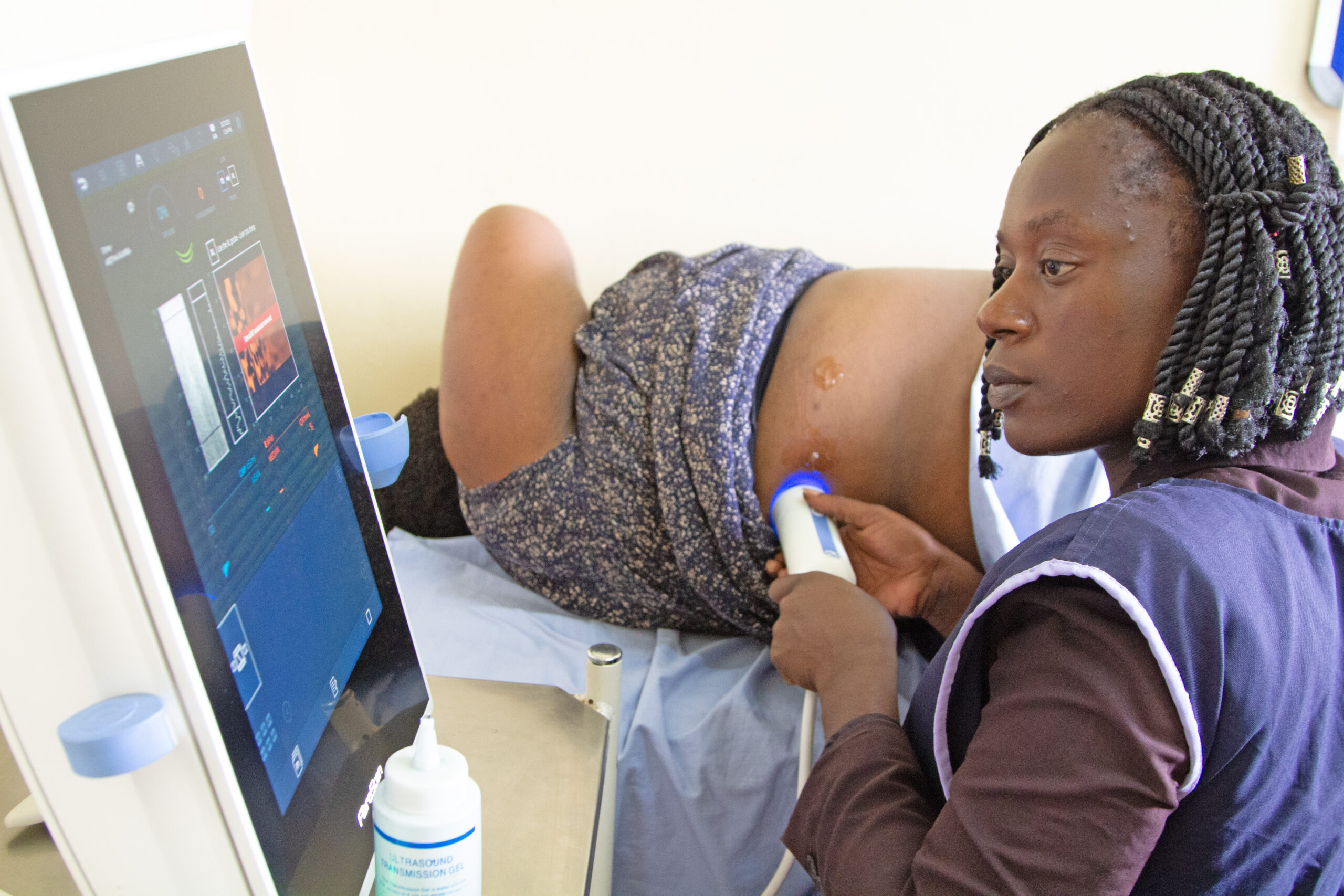
USAID TBLON SUPPORTS THE ROLL-OUT OF A SHORTER TB TREATMENT REGIMEN TO RESOLVE THE PILL BURDEN
October 31, 2024
CIDRZ Submits Recommendations on the Proposed National Health Research and Training Institute Bill 2024
November 4, 2024The Centre for Infectious Disease Research in Zambia (CIDRZ), through its United States Agency for International Development Tuberculosis Local Organisations Network (USAID-TBLON) project working in collaboration with the Ministry of Health, has made significant strides in identifying Drug-Resistant Tuberculosis (DR-TB) cases within correctional facilities.
As part of its ongoing commitment to strengthen healthcare services through capacity building, CIDRZ provides Technical Support and Supervision (TSS) and mentorship, establishing a robust model for expanding tuberculosis screening and management in correctional facilities nationwide.
Zambia Correctional Service (ZCS) Deputy Director of Health Services, Dr Moola Malimba, expressed satisfaction with the notable progress in TB management at the Livingstone and Chingola Correctional Facilities.
Dr. Malimba reported that in October 2024, the Livingstone Correctional Facility, which houses over 800 inmates, successfully identified a case of DR-TB following targeted mentorship and TSS activities by CIDRZ’s USAID TBLON project.
He also noted that a similar programme at Chingola Correctional Facility in the Copperbelt Province yielded positive results, with another case of DR-TB detected during the onsite mentorship.
“This significant milestone in tuberculosis management marks a breakthrough in our efforts to enhance TB screening methods within these facilities,” Dr. Malimba said.
USAID-TBLON Project TB/HIV Coordinator for Defense Medical Services and Ministry of Home Affairs, Ms Rosemary Simon Phiri, said that TSS and mentorship programmes aim to equip health workers in correctional facilities with the skills to improve TB screening and management.
“During these sessions, workers receive comprehensive training on TB screening techniques, active case finding, accurate documentation, and timely follow-up, ensuring they can apply their knowledge in real-life scenarios,” she said.
The USAID-TBLON project continues to play a critical role in combating TB in Zambia, ensuring that vulnerable populations in correctional facilities receive the care and attention they need.




